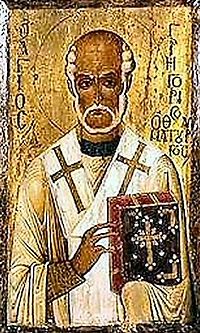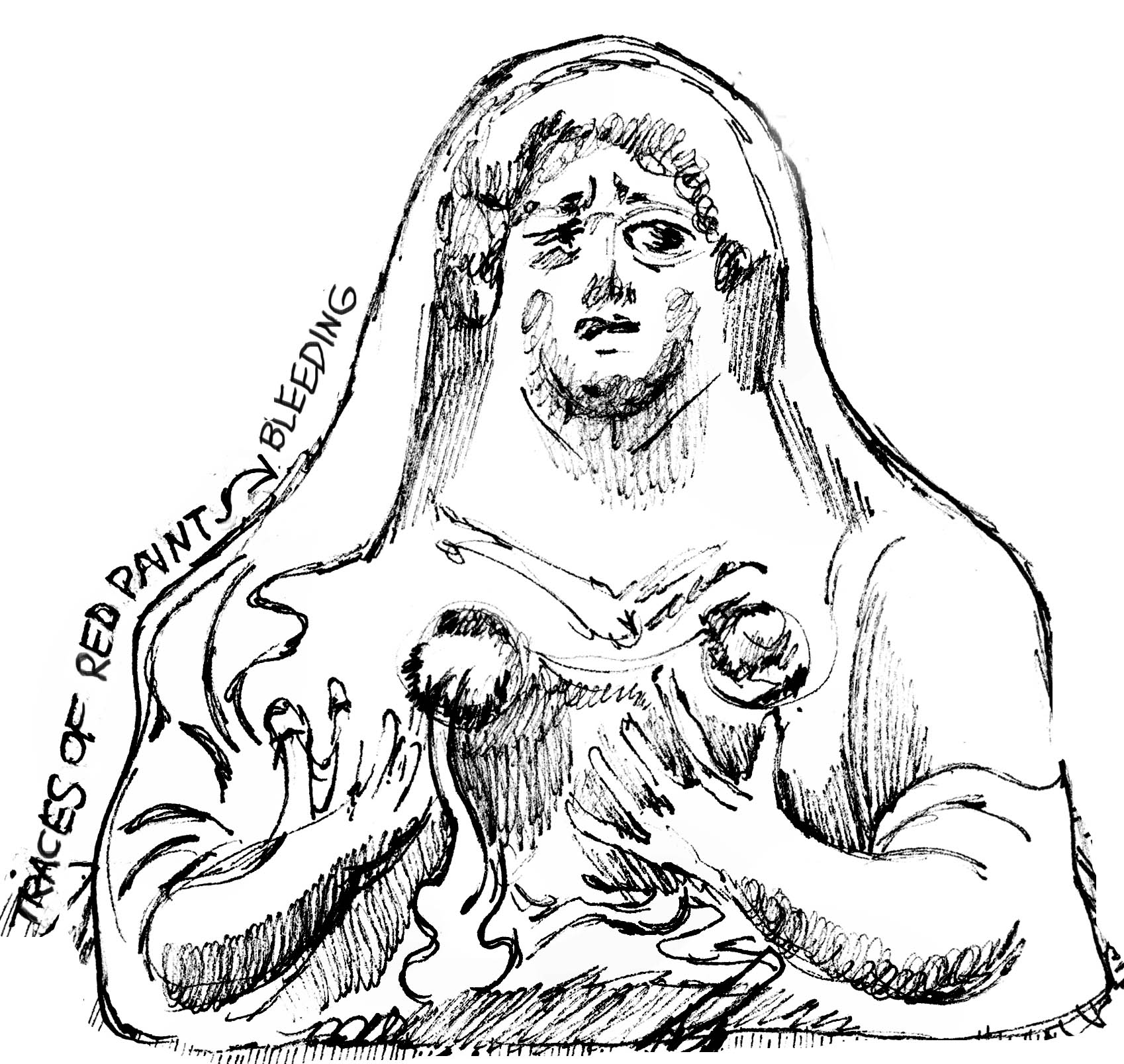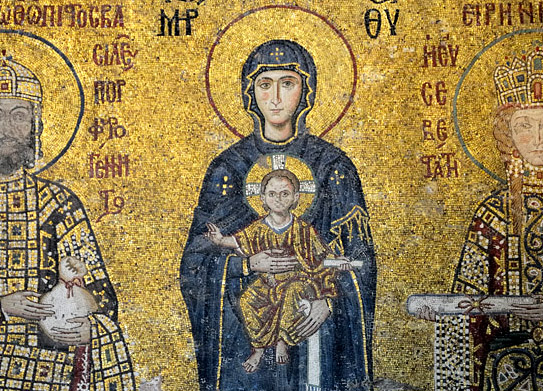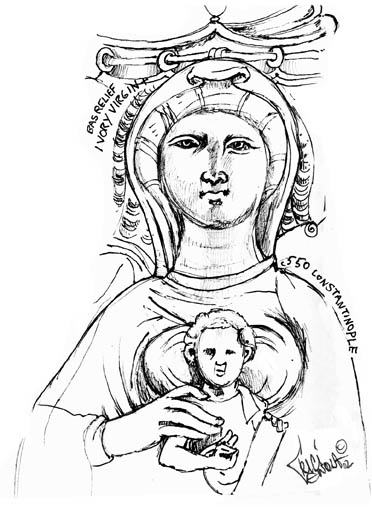The Cult of the Virgin
Easter Sunday, 428, a church by the Theodosian Walls, filled with the elite. Heading in a grand processional toward the Sanctuary, Pulcheria ran smack into Nestorius, the new Patriarch of Constantinople. He barred her from entering the holiest place. Her womanhood made her unfit, he said, only men were pure enough. “I have kept myself pure as gold,” said the Consecrated Virgin, “as clean as fleece. Haven’t I given birth to God?” “You are a sinner,” he said, “you have given birth to Satan.”
This was the beginning of a hammer-and-tongs feud that lasted years and shaped Christianity forever. Nestorius accused Pulcheria of adultery, of cheating on Christ with men, dogs, infidel. Pulcheria retaliated by declaring that she was as Mary, Mother of Jesus, and that Mary was divine, the Mother of God, giving rise to the Cult of the Virgin.
The dignity and power of women in Christianity took shape under the blue cowl of Mary’s robe. By the time she was done, an insult to Pulcheria was an insult to the Theotokos, to the Great Holy Virgin Mother herself.



ulcheria was a powerful force in shaping the future of rule of kings, investing awe and holiness surrounding kingship. In taking on Nestorius she gave women a powerful new status in the new religion, ensuring that Mary was right up there with her son. The Cult of the Virgin has been at loggerheads with Christianity ever since, but here in Byzantium, through their identification with Mary, women gained power.

Theotokos means God-Bearer.
Nestorius, in addition to quashing women, tried to quash theater, circus, games, mimes, and exotic halftime dancers at the Chariot Races, not a good idea if one wants to stay popular. His attempt to micromanage the monasteries pissed off the monks. At one memorable sermon, the monk Basil loudly derided Nestorius and was roundly cheered by the congregation. At last Nestorious was declared a heretic and exiled, leaving Pulcheria ensconced on her chaste throne. He railed at Constantinople from the Holy Land, becoming one prong of a fork in the faith: Jesus Human and Christ Divine, two natures in one person: Nestorianism, was on one side. Jesus Christ Entirely Divine, which became Monophyism, was on the other. This argument was still going strong a hundred years later in Justinian’s time and after. Many, many riots in the streets.